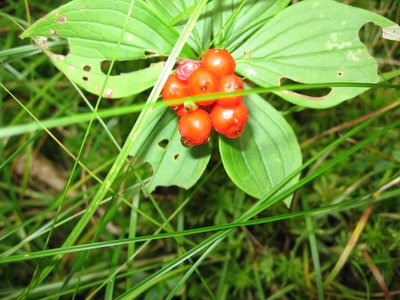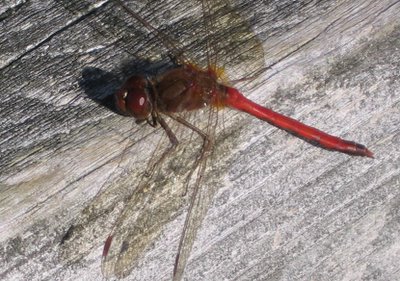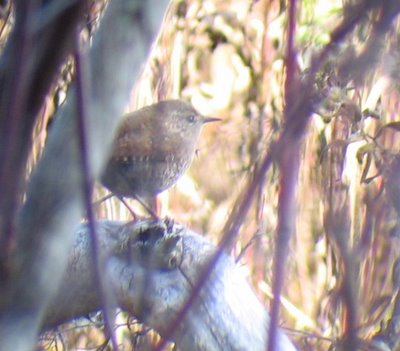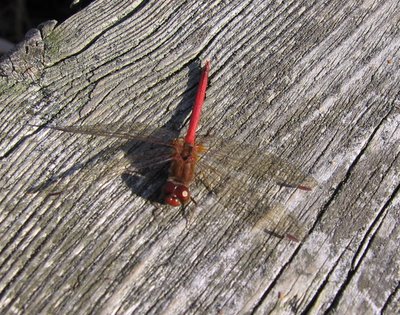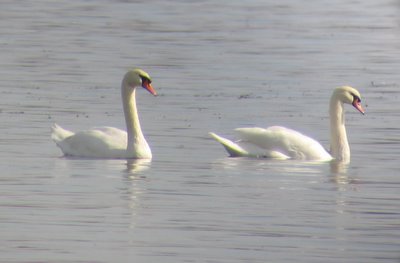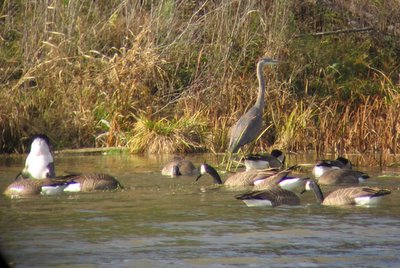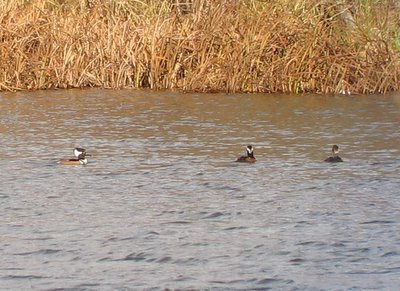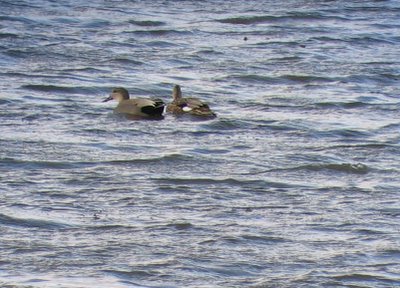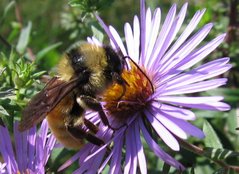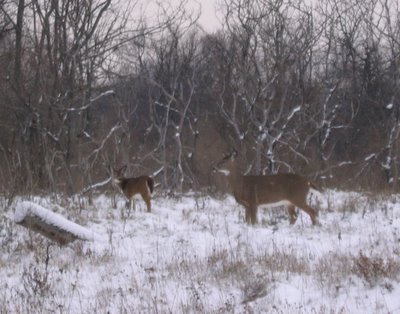

There is something about the snow and the bare branches and the grey skies that make the animals less nervous. I was able to walk up quite close to the Barred Owl and to these deer. They never did run off, even when I came near and after I turned and walked away. I had no need of a spotting scope today. All that was required was that I walk slowly, pausing regularly to let them get used to me.



